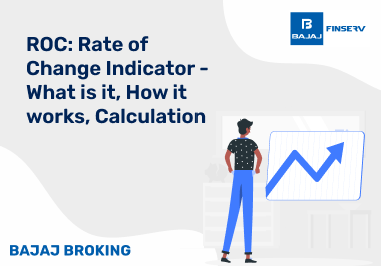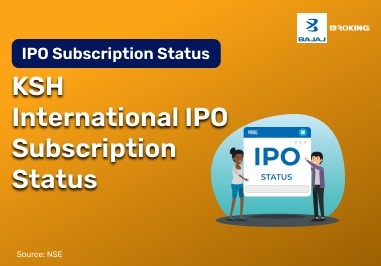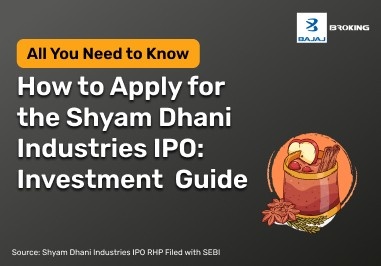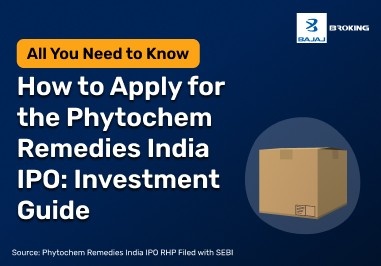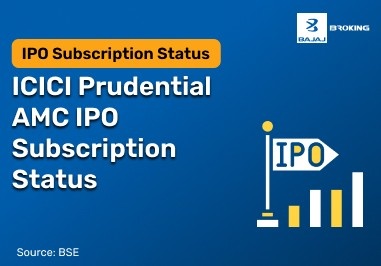Many banks, post offices, and non-banking financial companies (NBCFs) in India provide recurring deposits (RDs), which are a low-risk way to save and invest. Investors can put away a set amount every month and earn interest on it, which can add up over time to a sizable sum.
People who start an RD account have to put money into it every month for a set amount of time, which can be anywhere from 6 months to 10 years. This way to save money is for people who get paid every month, because without that, it can be hard to make monthly payments.
Now that you know what a regular deposit is, let's talk about it in more detail.
Features of Recurring Deposit Account
A recurring deposit (RD) account lets you put in a fixed amount of money every month. You earn a set interest rate, and your money grows safely.
You can start with a very small amount. You can choose how long to save — from a few months to several years. Interest is added regularly, usually every three months.
Minimum investment
You can open an RD account with as little as ₹10. Some banks may have higher minimum deposit limits.
Deposit Term
You can keep an RD for 6 months to 10 years. Choose a term that matches your savings goal.
Interest Rate
Most banks offer 5 % to 8 % interest on RDs. Rates are fixed and higher than savings accounts.
Types of Recurring Deposits
Regular RD
For all customers, you can open a fixed deposit by depositing a fixed amount every month and earn a guaranteed return at the end of the chosen term.
Senior Citizen RD
Gives older people extra interest, often 0.25 % to 0.75 % more than normal, so they get more at maturity.
NRE/NRO RD
For NRIs. Money is saved in Indian Rupees. Interest on NRE RDs is tax-free in India.
Flexi RD
You can put in different amounts each month. Interest is similar to regular RDs, but with more freedom to change deposits.
Minor RD
For children under 18. Opened with a guardian’s help. It teaches saving habits and earns interest safely.
Additionally Read: Difference Between Recurring Deposits and Mutual Funds
Eligibility for a Recurring Deposit
Minors above ten years can open in their own name.
Minors under ten need a parent or guardian to open.
Companies and business owners can open RD accounts.
Government or public organisations can also open RDs.
Factors to Check Before Applying for Recurring Deposit
Choice of words: Select the type of savings account based on how long you have to save before you need the money.
Interest rate: Look at rates from a number of different banks. When the time comes, a higher rate means more money.
Early withdrawal: Find out if you can stop early and if so, how much of a penalty or lower interest you might have to pay.
Extras: Look for extras like lower rates for seniors, an easy way to open an account online, or monthly payments that are made automatically.
Documents Required to Open a Recurring Deposit Account
Filled out the form to open an RD account.
Recent picture the size of a passport.
ID proof such as Aadhaar, voter ID, passport, or licence.
Address proof like Aadhaar, electricity bill, or rent agreement.
KYC documents as per bank rules.
How to Open a Recurring Deposit (RD) Account Online or Offline?
Opening an RD account is simple and can be done online or by visiting a bank branch. Follow these steps:
Visit a branch or website: Go to the nearest bank, NBFC, or post office branch, or visit their website to check interest rates and RD options.
Fill the application form: Complete the RD account form by entering details like your monthly deposit amount, tenure, and personal information.
Submit required documents: Provide identity proof and address proof, such as Aadhaar, passport, voter ID, or driving licence, along with passport-sized photographs.
Make your first deposit: Pay the first instalment for your RD account to officially start your savings plan.
Get account confirmation: Once your details and documents are verified, you will receive confirmation, a passbook, or an online statement showing your RD account details.
RD Renewals and Deposits
Banks allow RD account renewal and premature withdrawals, but rules and penalties may apply. Here’s what you need to know:
Premature withdrawals allowed: You can withdraw money before the end date, but most banks charge a penalty for early closure.
Interest for completed period: If you close early, interest is paid based on the time your money stayed in the account.
Penalty charges vary: The penalty amount changes from bank to bank, so check these details before opening the account.
Check bank’s policy: Always review the interest rate and withdrawal rules carefully to avoid losing more than expected when withdrawing early.
Conclusion
Making a deposit every month is a simple and safe way to save cash. You know how much you will get back every month when you put a small amount of money into it.
It's good for everyone who wants to save money steadily, from kids in school to older people. It's a smart way to save money because you only have to put in small amounts and get set returns.

